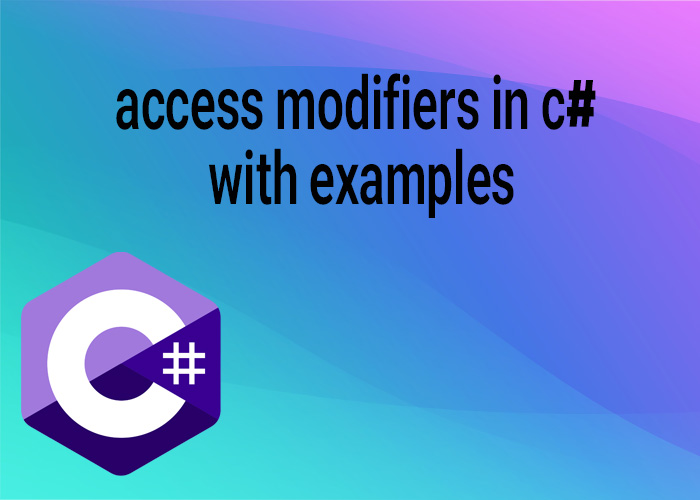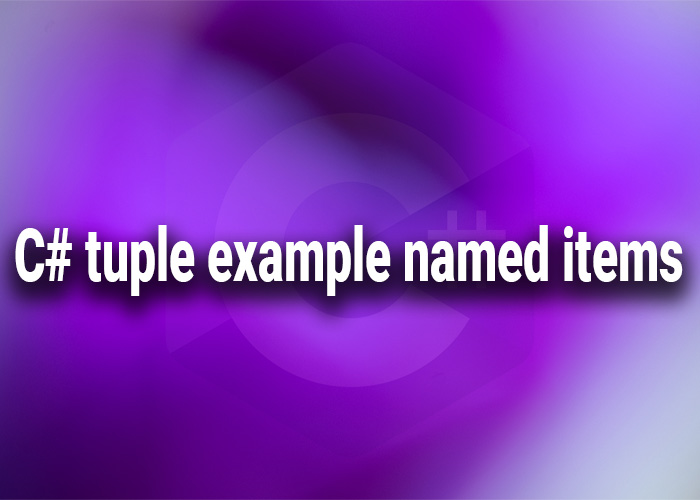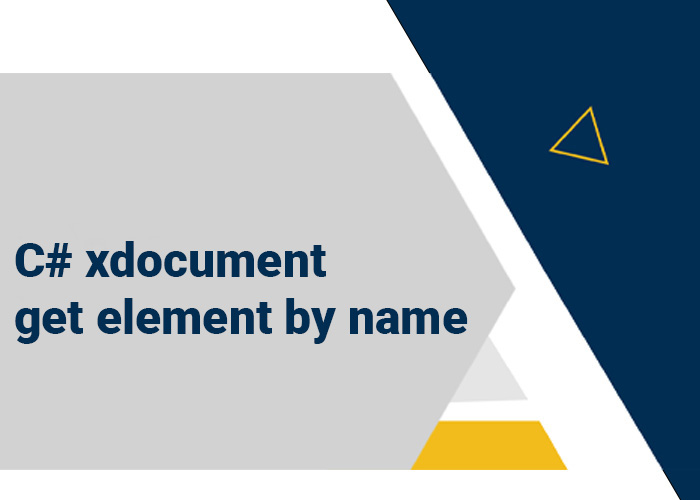Understanding the Nullable Operator in C#
In C#, the nullable operator (?) plays a crucial role in enhancing type safety, particularly when working with value types that do not naturally support null values. Introduced as part of C# 2.0 and extended with nullable reference types in C# 8.0, the nullable operator allows developers to declare value types as nullable, thus providing the ability to store null in them and perform various operations safely. This article explores how the nullable operator works for both value types and reference types, including its syntax, usage, and practical applications.
Nullable Value Types
The nullable operator (?) is primarily used with value types to allow them to accept null values, providing a way to represent the absence of data cleanly.
Syntax and Basic Usage
To declare a nullable value type, append ? to any value type. This transforms the type into an instance of Nullable<T>, where T is the value type.
int? myNullableInt = null;
double? myNullableDouble = 3.14;
DateTime? myNullableDate = DateTime.Now;
In these examples, myNullableInt, myNullableDouble, and myNullableDate can hold either a value specific to their type or null.
Operations with Nullable Types
Checking for Null
You can check if a nullable type has a value using the .HasValue property or by simple null comparison.
if (myNullableInt.HasValue)
{
Console.WriteLine(myNullableInt.Value); // Safe access
}
if (myNullableDouble != null)
{
Console.WriteLine(myNullableDouble.Value); // Also safe access
}
Null Coalescing Operator (??)
The null coalescing operator is used to provide a default value when dealing with nullable types that might be null.
int safeInt = myNullableInt ?? 0;
Console.WriteLine(safeInt); // Outputs 0 if myNullableInt is null
Null-Conditional Operator (?.)
While primarily used with nullable reference types, the null-conditional operator can also simplify accessing members and methods of nullable value types.
int? length = myNullableDouble?.ToString()?.Length; // Null if myNullableDouble is null
Nullable Reference Types
With C# 8.0, the nullable operator was extended to reference types, allowing for more explicit control over which variables can and cannot be null.
Enabling Nullable Reference Types
To use nullable reference types, you need to enable them in your project or code file.
#nullable enable
string? nullableString = null;
string nonNullableString = "Hello, World!";
In this context, attempting to assign null to nonNullableString will result in a compile-time error, enhancing type safety.
Best Practices
- Explicitly Declare Nullability: Clearly indicate whether a variable is expected to handle null values, improving code readability and safety.
- Use Null Checks and Operators: Utilize the null coalescing and null-conditional operators to safely work with nullable types and avoid null reference exceptions.
- Enable Nullable Contexts: For projects using C# 8.0 and above, enable nullable reference types to make null handling intentions explicit.
Conclusion
The nullable operator (?) in C# is a powerful tool for managing null values, applicable to both value and reference types. By allowing developers to explicitly define null handling in type declarations, C# provides a robust framework for building safe and reliable applications. Whether you are dealing with potential gaps in data with value types or enhancing reference type safety, understanding and utilizing the nullable operator is essential for modern C# development.





